
US Postage Stamps
// Philatelic Project
// US Route 66



| Discover America |
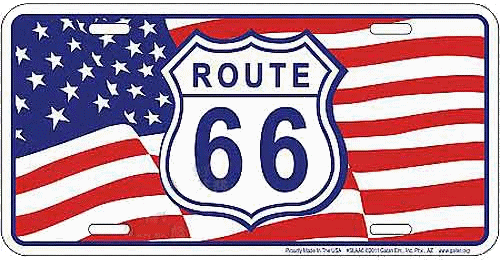
|
on Historic Route 66 |
 2,451 miles [3.944 km] from Chicago, IL to Santa Monica, CA
2,451 miles [3.944 km] from Chicago, IL to Santa Monica, CA
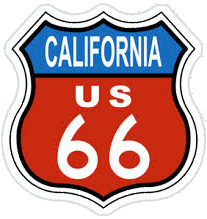
View stamp series "America on the Move" |
||

|
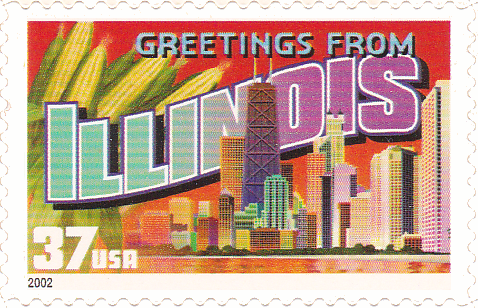
|

|
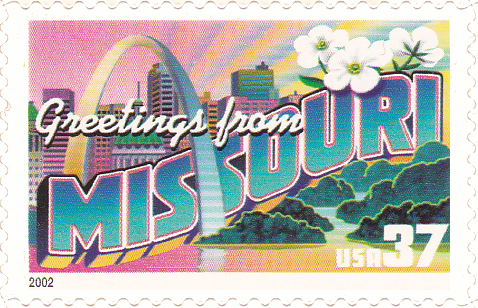
|

|
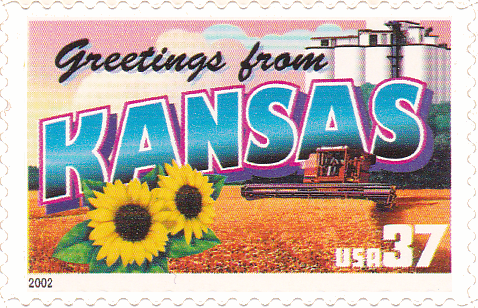
|
|
301 miles
[484 km] |
Greetings from Illinois The Lincoln State Display state map |
317 miles
[510 km] |
Greetings from Missouri The Show Me State Display state map |
13 miles
[21 km] |
Greetings from Kansas The Sunflower State Display state map |
|
U.S. Route 66, colloquially known as the "Main Street of America", "America's Mother Road" or
"Will Rogers Highway",
had its official beginnings in 1926 when the Bureau of Public Roads launched the nation's first Federal Highway System. Like other highways in the system, the path of Route 66 was a cobbling together of existing local, national and State road networks, when it was established on November 11, 1926 with road signs erected the following year. Extending 2,400 miles from Chicago to Los Angeles, the new highway, which became one of the most famous roads in America, originally wound through eight States (Illinois, Missouri, Kansas, Oklahoma, Texas, New Mexico, Arizona, California) and was not completely paved until 12 years after its designation.
The road was recognized in popular culture by John Steinbeck's novel "The Grapes of Wrath" (1939), the hit song "Get your Kicks on Route 66" composed by American songwriter Bobby Troup in 1946 and first recorded in the same year by American singer and jazz pianist Nat "King" Cole, and the "Route 66 Television Show" in the 1960s. |
|||||
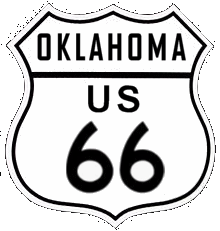
|
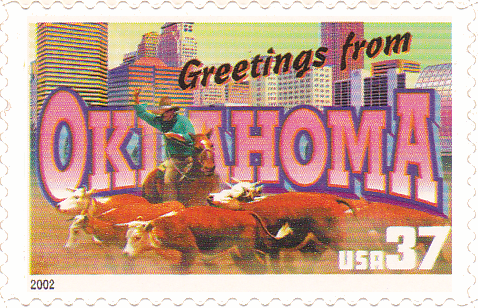
|
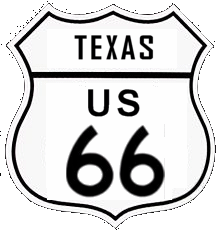
|
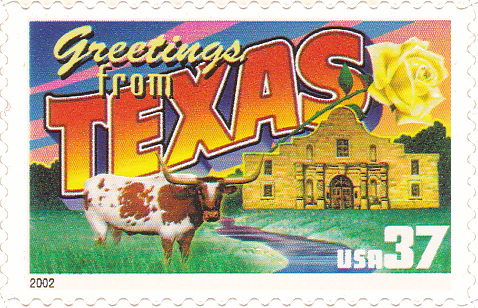
|

|
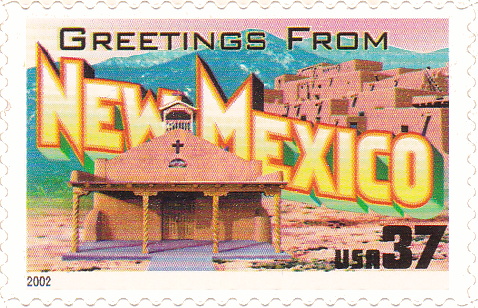
|
|
432 miles
[695 km] |
Greetings from Oklahoma The Sooner State Display state map |
186 miles
[299 km] |
Greetings from Texas The Lone Star State Display state map |
487 miles
[784 km] |
Greetings from New Mexico The Land of Enchantment Display state map |
| U.S. Route 66 served as a major path for those who migrated west, especially during the "Dust Bowl" of the "dirty" 1930s and it supported the economies of the communities through which the road passed. People doing business along the route became prosperous due to the growing popularity of the highway, and those same people later fought to keep the highway alive in the face of the growing threat of being bypassed by the new US Interstate Highway System. | |||||
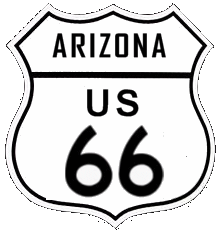
|
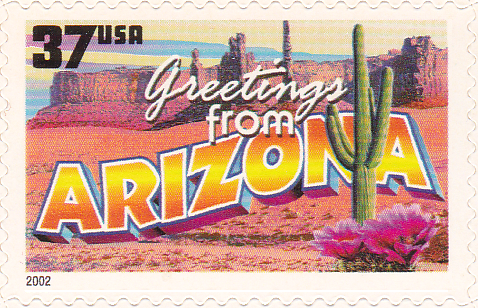
|

|
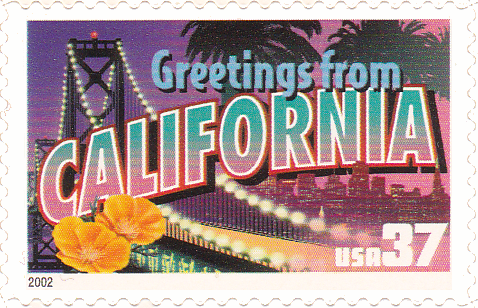
|

|
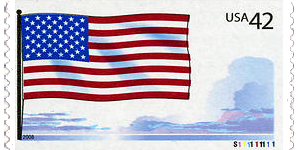
|
|
401 miles
[645 km] |
Greetings from Arizona The Grand Canyon State Display state map |
314 miles
[505 km] |
Greetings from California The Golden State Display state map |
2,451 mi
3.944 km |
US Flag Stars and Stripes Display USA map |
| U.S. Route 66 underwent many improvements and realignments over its lifetime, and it was officially removed from the US Highway System on June 27, 1985 after it had been replaced in its entirety by the US Interstate Highway System. Portions of the road that passed through Illinois, Missouri, New Mexico, and Arizona have been designated a National Scenic Byway of the name "Historic Route 66", which is returning more and more to the road maps. In 1999 the National Route 66 Preservation Bill was signed into law by President Bill Clinton, which provided for US$ ten million in matching fund grants for preserving and restoring the historic features along the route. Several states have adopted significant bypassed sections of the former US Highway 66 into the state road network as State Route 66. Nowadays the classic road is a popular destination of thousands of motorcycle riders and automobile travelers a year from all over the world. Collectors of US postage stamps are eagerly waiting for an USPS stamp issue to commemorate "America's Mother Road". | |||||

| ||

|
||
|
|
||
|
Really bad
Route 66 Cllick devilkin to view | ||
| Nat "King" Cole |
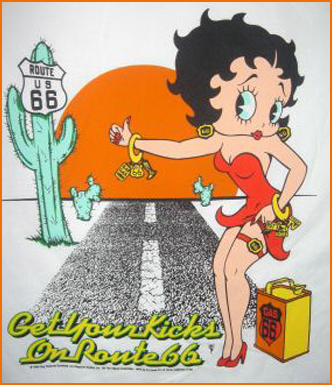
Invitation ... ? |
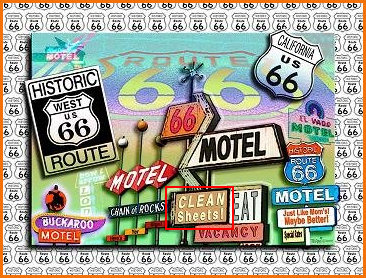
CLEAN SHEETS! in motel bedrooms on Route 66 - promotionally effective ?!? (see red edging on poster above) |
| Will Rogers |

|
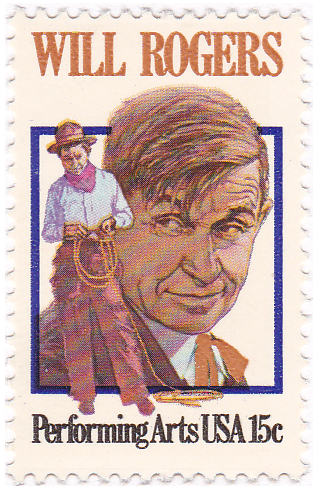
|
| #975 // November 4, 1948 // Claremore, OK |
#1801 // November 4, 1979 // Claremore, OK
Performing Arts Series 100th Birthday of Will Rogers |
|
William Penn Adair "Will" Rogers
(* November 4, 1879, Oologah, Indian Territory [now Oklahoma], † August 15, 1935 (airplan crash), Point Barrow, Alaska Territory [now Alaska]) US American cowboy, vaudeville performer, humorist, social commentator, silent/sound movie star and member of the Democratic Party. "Oklahoma's Favorite Son" with Cherokee indian ancestors was one of the world's best-known celebrities in the 1920s and 1930s. |
|
| In 1952 the Highway 66 Associations, Warner Brothers Studios, and the Ford Motor Company organized a marketing effort to draw attention to Route 66 and to the release of the movie "The Will Rogers Story". A caravan of celebrities drove from St. Louis, MO to Santa Monica, CA, making stops along the way at each state line to perform dedication ceremonies. Each ceremony was commemorated with a plaque, the last one was at the "End of the Trail", which they chose to be at Palisades Park, Santa Monica, CA. | |
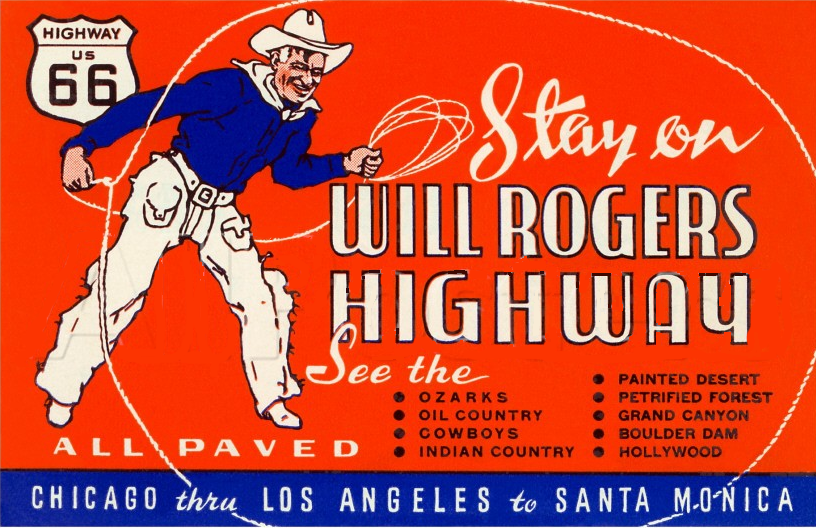
Will Rogers' Route 66 Promotional Poster |
|
|
"Will Rogers Highway"
composed and written by US American singer and songwriter Woody Guthrie (* 1912, Okemah, OK, † 1967, NYC). The song was covered by US American country music artist Kevin Welch (*1955). (Please click on icon below, RealPlayer required) |
|
Lyrics
This big highway goes from coast to coast, From New Yorker town down to Los Angeles It's named for Willy Rogers that went on this road From New Yorker town down to Los Angeles. My Sixty-Six highway, this Will Rogers road, It's lined with jalopies just as far as I can see; Can you think up a joke, Will, for all o'these folks From New Yorker town down to Lost Angeles? Ten thousand lost families I count every day Caught under my bridges and under my trees; Can you make up a joke that'll win them a job From New Yorker town down to Lost Angeles? I love Willy Rogers, I love your big smile, I go to my showhouse, Will Rogers to see; Can you grin up a tale that'll feed my folks stranded Twist New Yorker town and Lost Angeles? This Will Rogers highroad I hitched lots o'times; All day long you sizzle; all night long I freeze; Did ye tickle Hoover enuf ta build us all houses From New Yorker town down to Lost Angeles? Willy Rogers got born down around Oolagah, In my great Indian nation of the Cherokee; My Indians all call this the Hungry Gut Highway From New Yorker town down to Lost Angeles. I bummed this good road with folks you call Goons, And your high families called us the lost refugees; You hafta go back, Will, and tickle 'em again From New Yorker town down to Lost Angeles. |
| John Steinbeck |
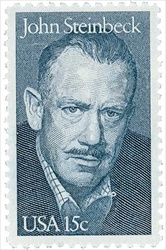
#1773 // February 27, 1979 // Salinas, CA Literary Arts Series John Steinbeck US American Novelist (* Feb 27, 1902, Salinas,CA, † Dec 20, 1968, NYC) Pulitzer Prize Winner in 1940 for his novel "The Grapes of Wrath" (1939) Nobel Prize for Literature in 1962 
|
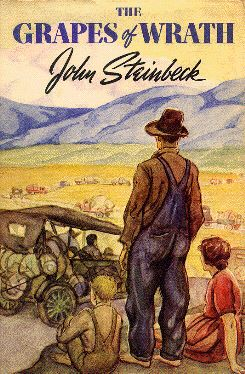
John Steinbeck's novel "The Grapes of Wrath" tells of a journey during the "Great Depression" in the "dirty" 1930s when Route 66 became the"Road to Opportunity" for hundreds of thousands of Americans migrating West looking for better lives. |
| John Steinbeck's Pulitzer Prize winning novel "The Grapes of Wrath" (1939) is set in the Great Depression and describes a family of sharecroppers, the Joads, who were driven from their land due to the dust storms of the infamous Dust Bowl in Oklahoma. The phenomenon was caused by severe drought combined with farming methods that did not include crop rotation, fallow fields, cover crops, soil terracing and wind-breaking trees to prevent wind erosion. Millions of acres of farmland were damaged, and hundreds of thousands of people were forced to leave their homes; many of these families (often known as "Okies", since so many came from Oklahoma) migrated on Route 66 to California and other states, where they found economic conditions little better than those they had left, due to the Great Depression. Owning no land, many became migrant workers who traveled from farm to farm to pick fruit and other crops at starvation wages. | |
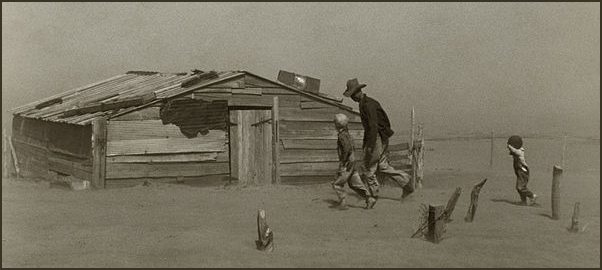
A farmer and his two sons during a dust storm in Cimarron County, OK in 1936 Photo: Arthur Rothstein |
|
| // Elmar R. Göller // All rights reserved // Contact // Publishing Information |
| modified |